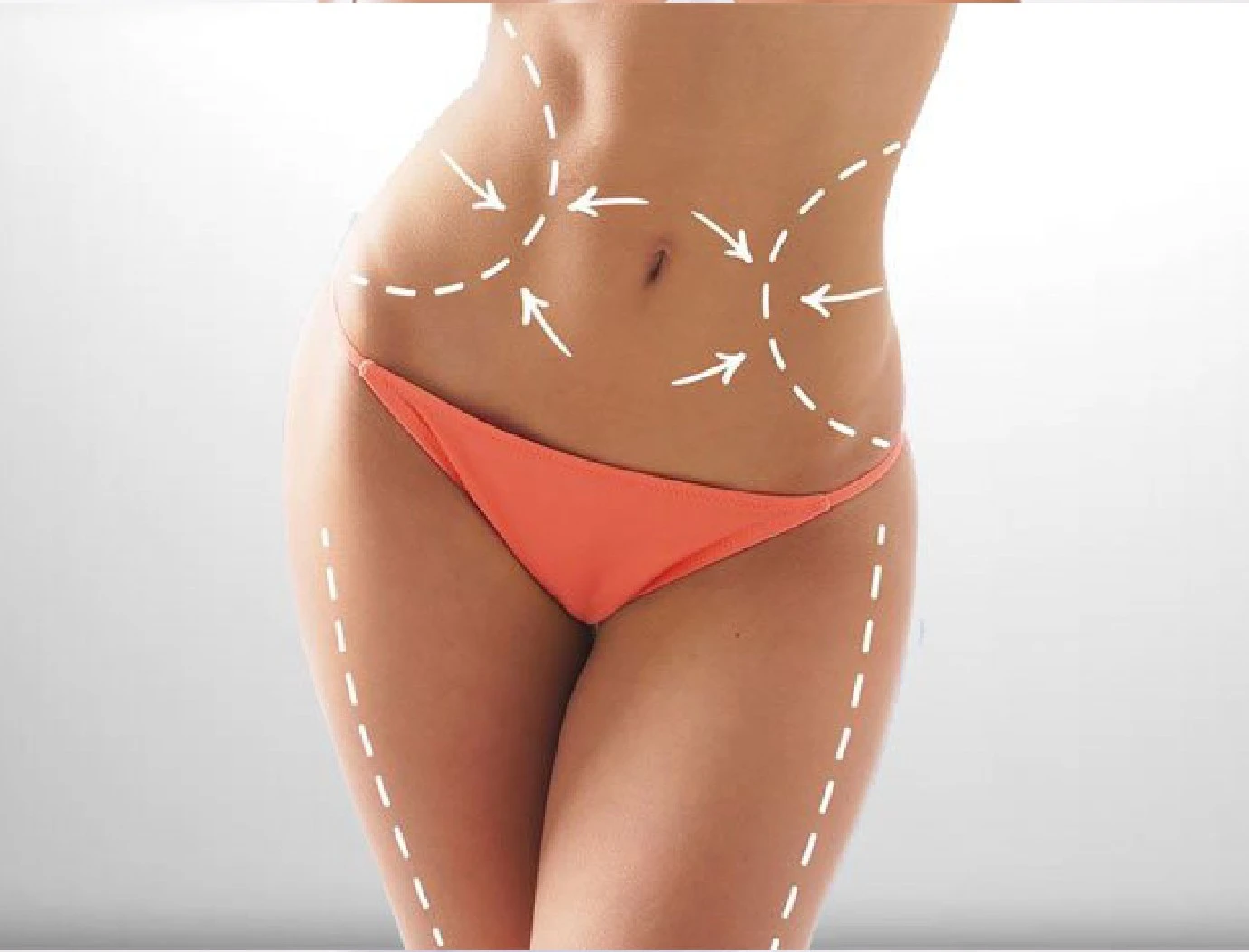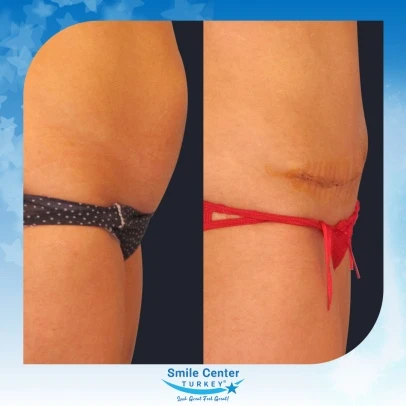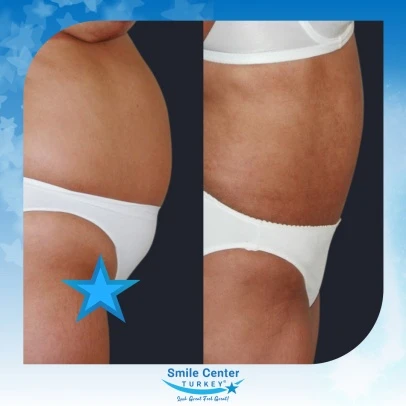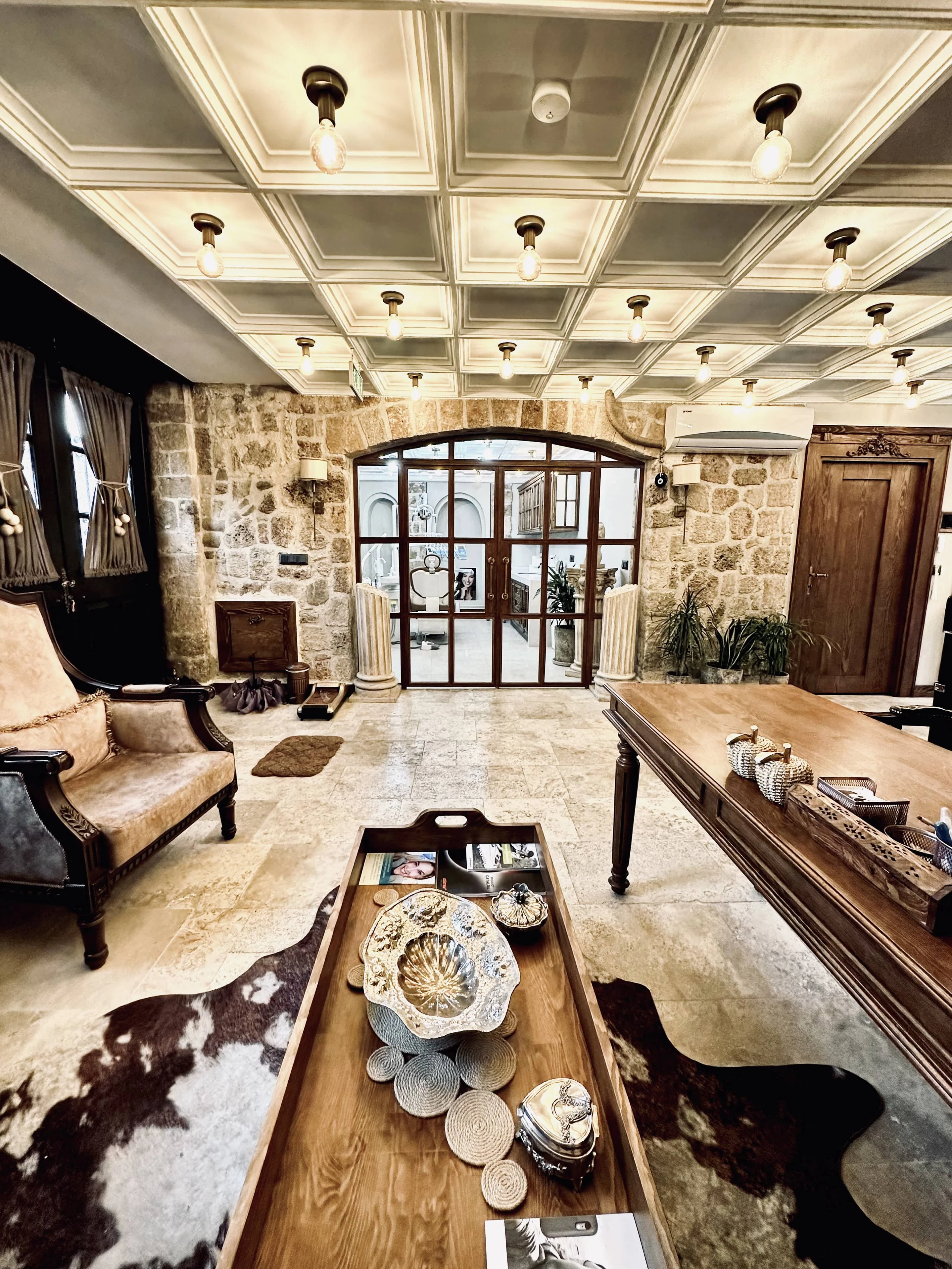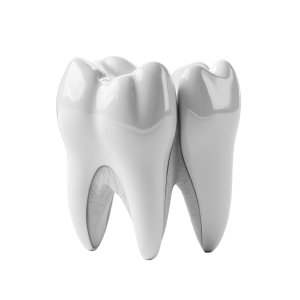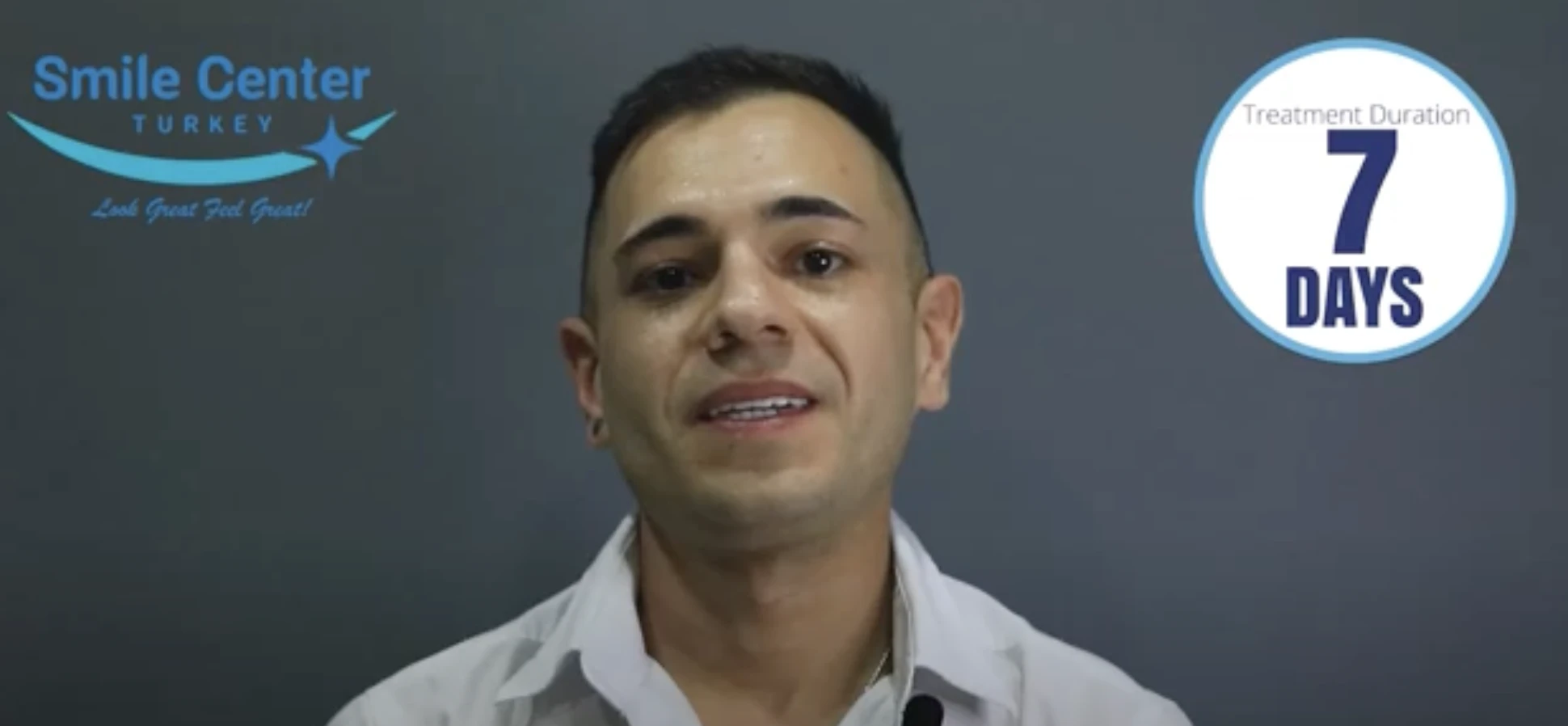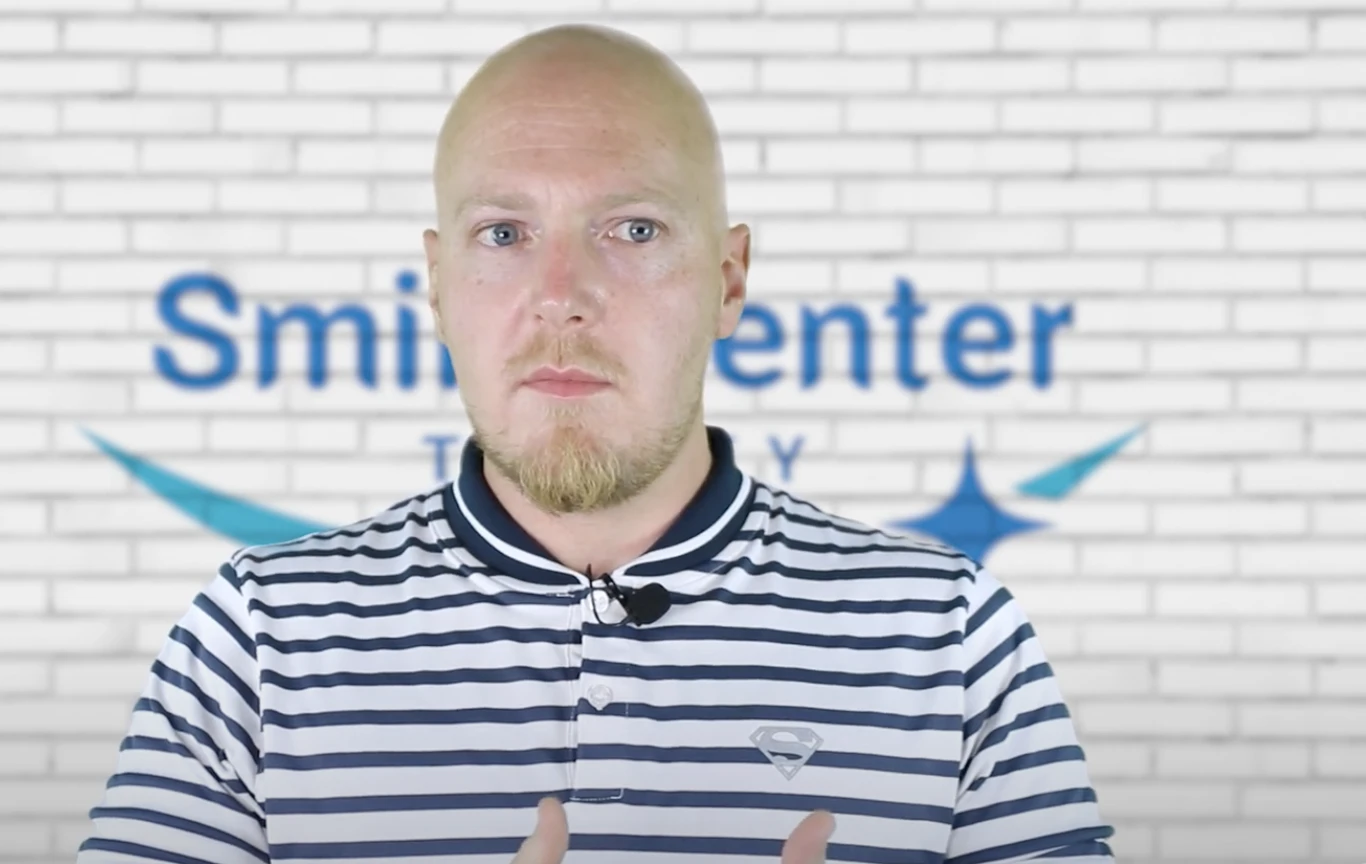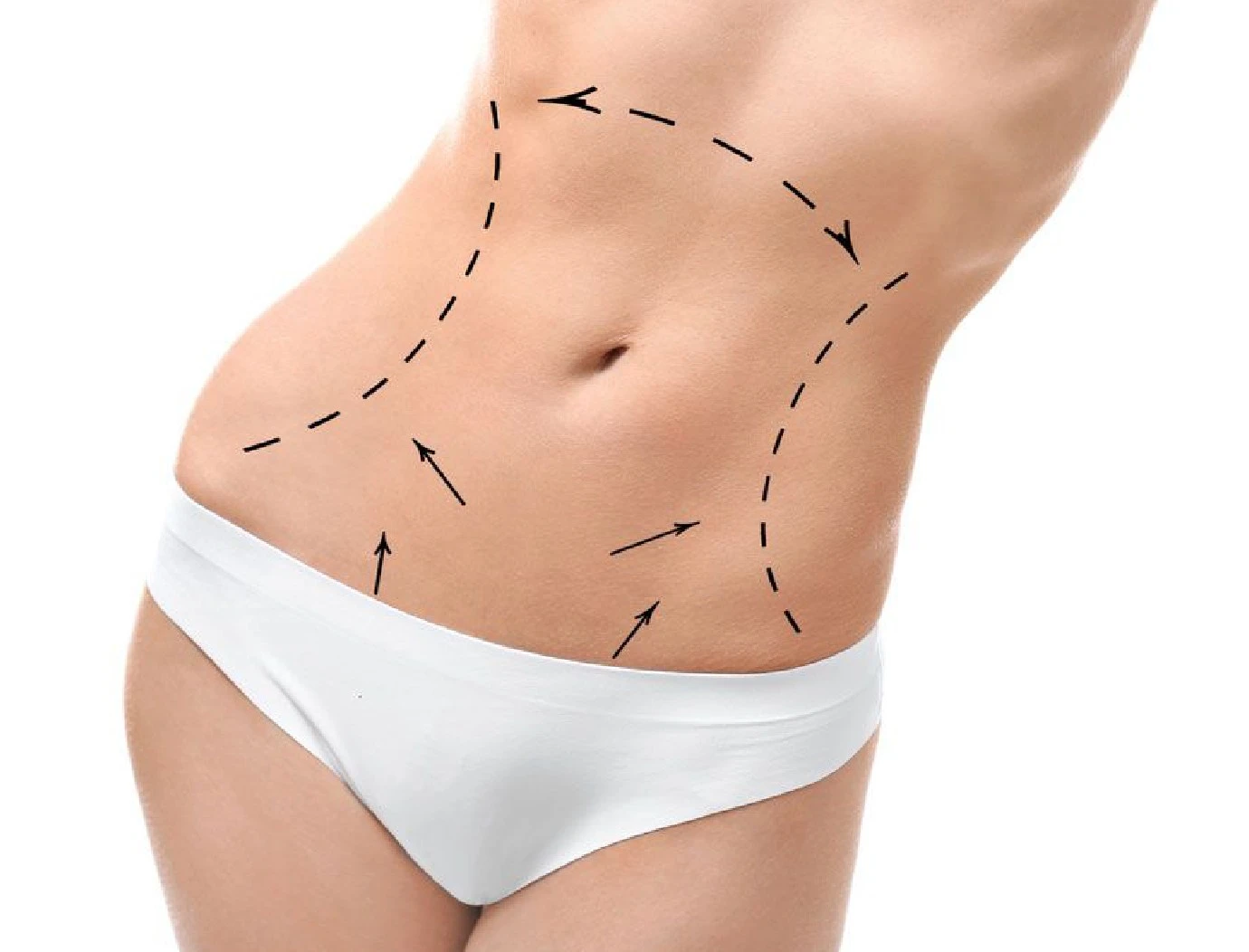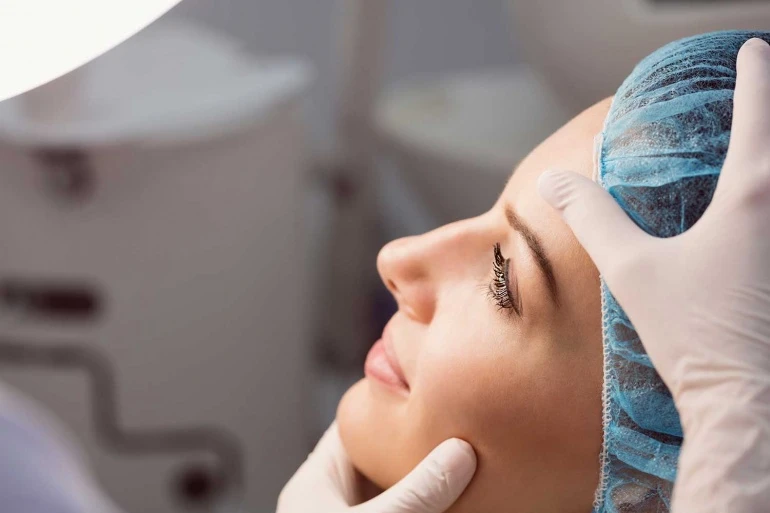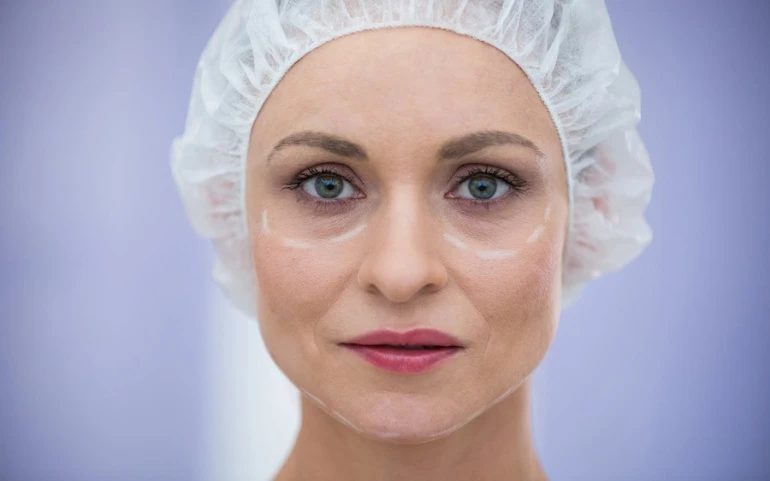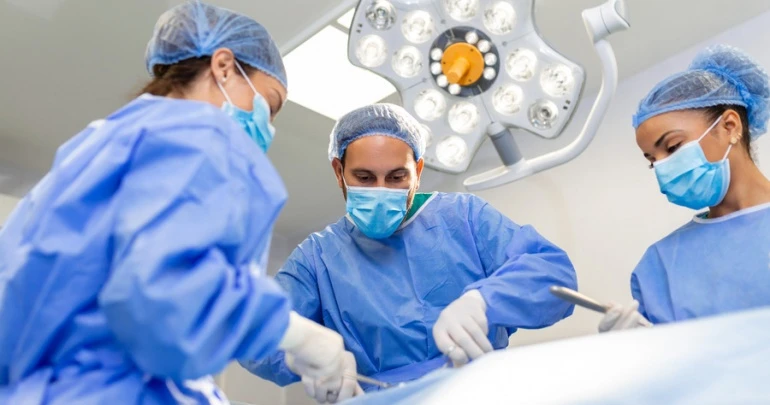What is Liposuction (Fat Removal)?
Liposuction, also known as fat removal or lipoplasty, is a surgical procedure aimed at eliminating excess fat from specific areas of the body. This cosmetic surgery involves using suction to remove fat deposits, providing contouring, and reshaping in areas such as the stomach, hips, thighs, buttocks, arms, or neck. The primary goal of liposuction is to enhance the aesthetic appearance of the body by creating more balanced and proportionate contours.
It's important to note that liposuction is not intended as a comprehensive weight-loss method, nor is it a substitute for a healthy lifestyle. People who are overweight are generally encouraged to pursue weight loss through diet, exercise, or other surgical options. Liposuction is more suitable for individuals with localized fat deposits who maintain a stable body weight but wish to address specific areas for improved body contouring.


